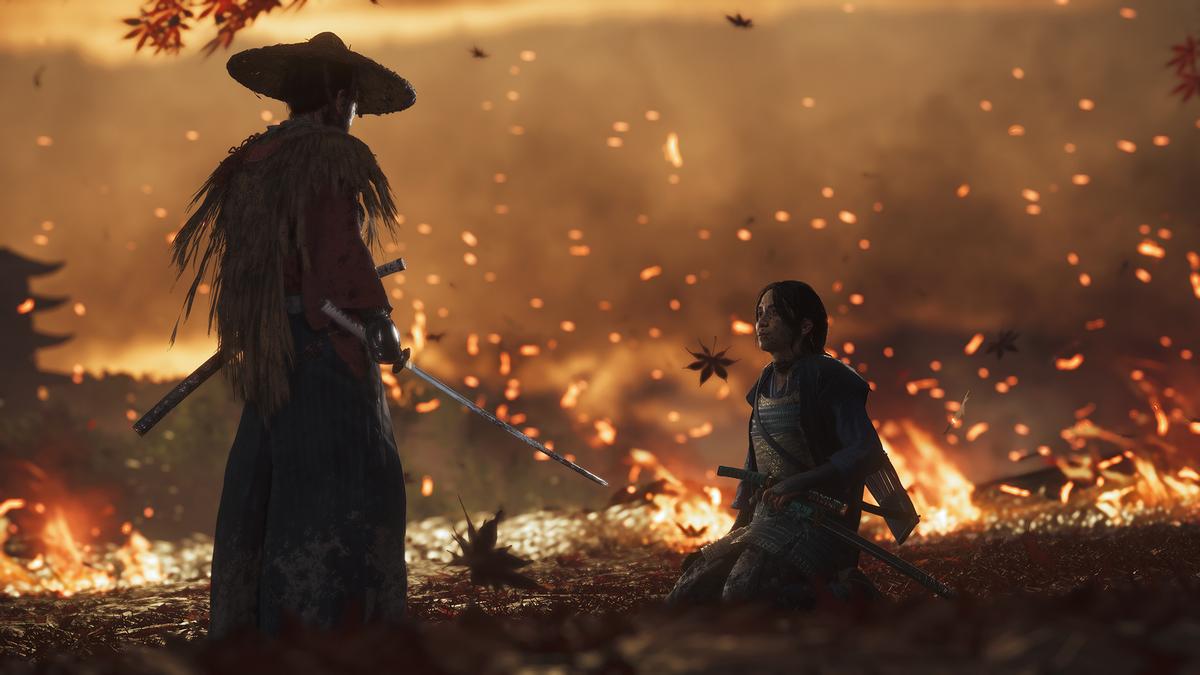- June 11, 2024
‘Ghost of Tsushima PC’ game review: A samurai masterpiece in a new format

Ghost of Tsushima
| Photo Credit: Special Arrangement
For years, gamers have been clamouring for an Assassin’s Creed game set in Japan. While we recently got Assassin’s Creed Shadows, Ghost of Tsushima paved the way. This masterpiece, acclaimed for its excellent story, technical brilliance, gameplay, and cinematography inspired by the legendary Akira Kurosawa, has now made its way to PC. Many games falter when transitioning from console to PC. Still, Ghost of Tsushima excels, introducing technical innovations that set a new standard.
Set during the first Mongol invasion of Japan in 1274, Ghost of Tsushima chronicles the decimation of Japanese forces on Tsushima Island by superior Mongol forces, who then went on to conquer Iki Island, leaving destruction in their wake. Players control Jin Sakai, a samurai left for dead and rescued by a thief. Learning the ways of stealth and assassination, Jin takes the fight to the Mongols as the Ghost of Tsushima. Throughout his journey, Jin wrestles with his honourable samurai ways and the dishonourable but effective methods of the Ghost, using the enemy’s tactics against them.
The narrative of Ghost of Tsushima unfolds gradually, exploring the perspectives of many companions Jin aids and who aid him in return. Deeply inspired by samurai pulp cinema, itself influenced by Western movies, the game exudes a distinct flavour, evident in its motion capture, acting, and stunning lighting. Sucker Punch, known for the Infamous series, has taken a completely different and unique approach with Ghost of Tsushima.
Jin employs four stances, combining traditional samurai techniques with those learned from the invaders to counter different enemy types. Unlike Dark Souls’ roll-evade system, Ghost of Tsushima adopts a parry system similar to Sekiro. The battle system, reflecting the stoicism of samurai fights, requires exploiting openings, parrying, and being patient and strategic rather than impulsive. In addition to fighting Mongols, players will engage in intense duels with rogue samurai or ronin in scenic locations. The combat system is brutal yet Zen-like.
This Zen-like theme extends across Tsushima Island and the Iki Island expansion. Players will spend hours on horseback, exploring beautiful landscapes filled with petals, autumn leaves, and snow, all enhanced by the game’s impressive wind systems. These winds serve as a mechanic to guide players to their objectives. Despite the urgency of the primary mission, players will enjoy exploring the lands, discovering hot springs, fox shrines, and quests that unlock various armours and cosmetics.
Ghost of Tsushima supports Nvidia’s DLSS 2 and AMD’s FSR 3, rival frame optimisation techniques, in a groundbreaking move for an industry notorious for locking features to specific graphics cards. This makes the game more accessible on older hardware, delivering impressive results. Half the fun of the PC version is tweaking the settings to achieve the best framerates and graphical fidelity. The game runs astoundingly well even on a Steam Deck, and supports ultrawide displays for a more panoramic view.
If you have not played Ghost of Tsushima yet, now is your chance to experience this masterpiece. If you have played it, now is the perfect time to revisit it, perhaps in the black-and-white Kurosawa mode.




